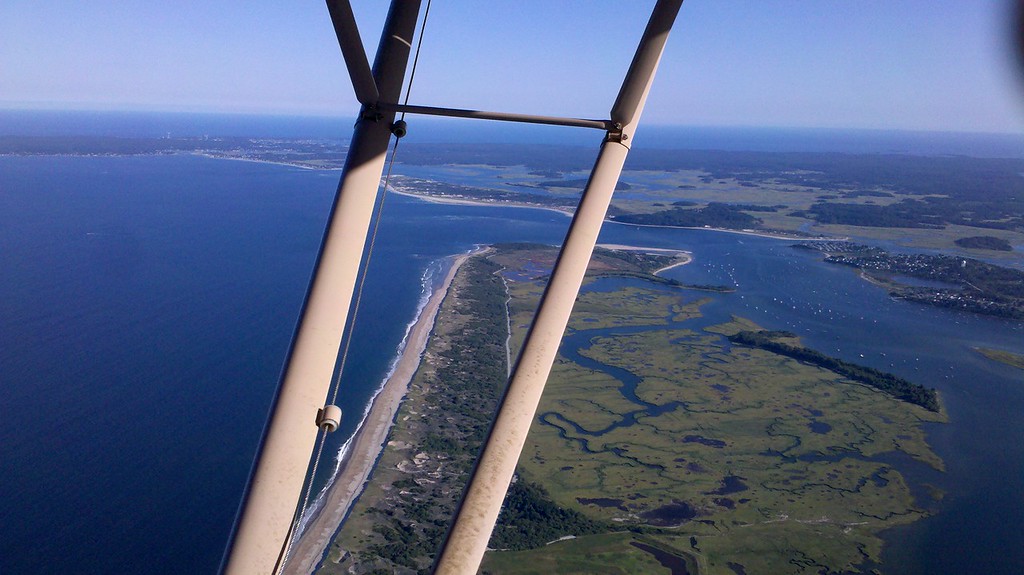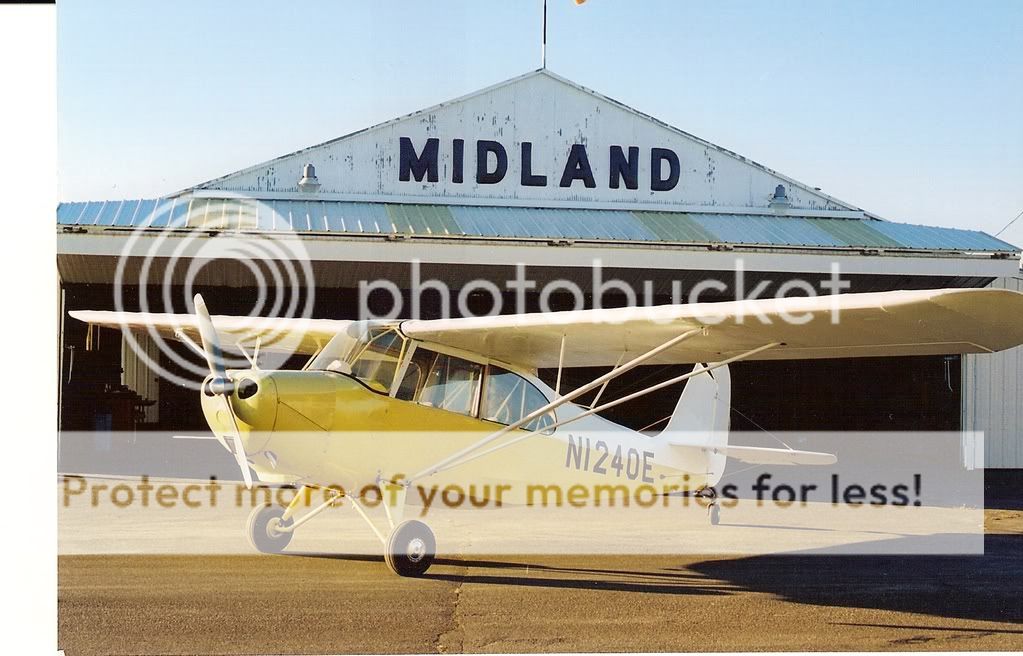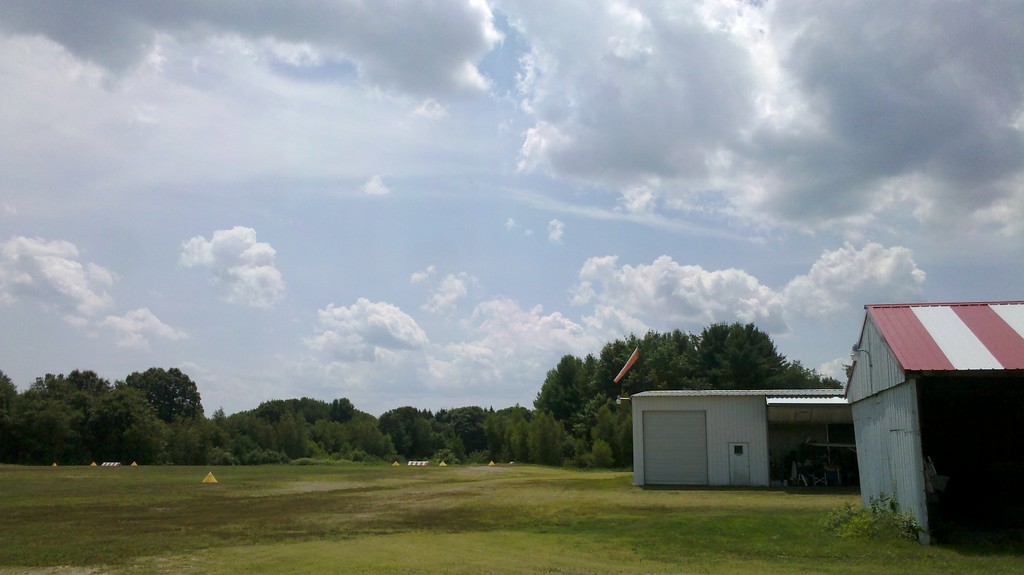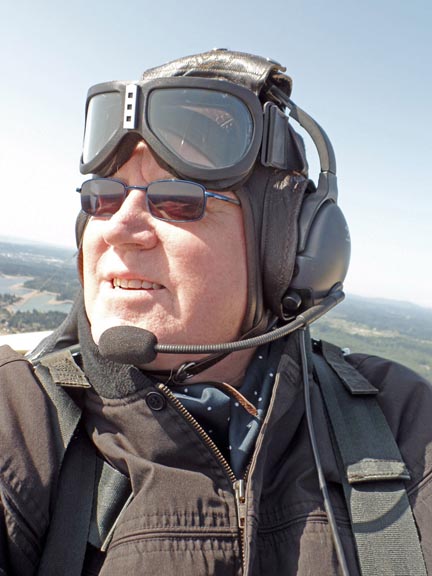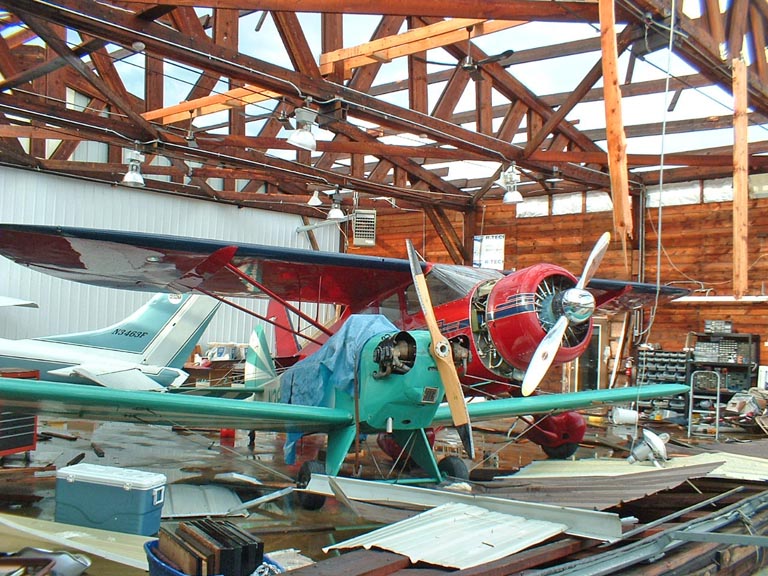The best, most long lasting, and the easiest to get right when applying is Airtech. Their glue is easy to apply, and stronger than Poly fiber, (which is simply dope) and Stewarts.
Poly fiber requires a poly tack as first coat which must be brushed in to encapsulate the Ceconite, then the silver as UV shield, then primer and finally the top coat. Screw up any step and it all falls of in 5 years.
Stewarts is a water based system, it does not stink or harm you if you get some on you. it also require brushing in the first 6-8 coats to fill the weave. then spray the top coat. All UV protection is Chemical no silver required.
Airtech Chemical proof, fire proof, and only requires spraying the first 3 wet coats, it will wet out the Ceconite like water on an old dish rag with the the first coat, then 2 more wet coats wait 24 hours and sand as required, and spray the top coat, all UV protection is chemical no silver required. Their glue is a URA based air dried, a 4 square inch patch on ply wood will glue Ceconite that will support 200 pounds. Poly fiber about 75 pounds and stewart about 150 pounds.


 don't tell Greg that. All he could find at that price was junk.
don't tell Greg that. All he could find at that price was junk.